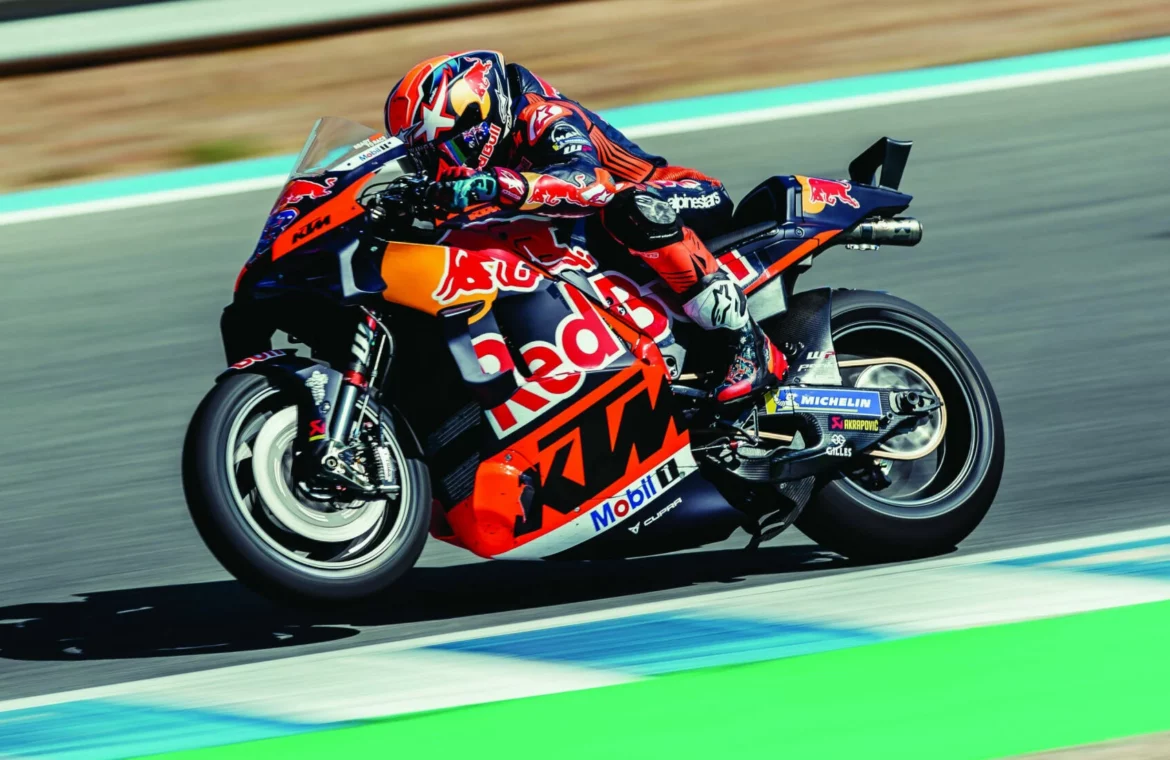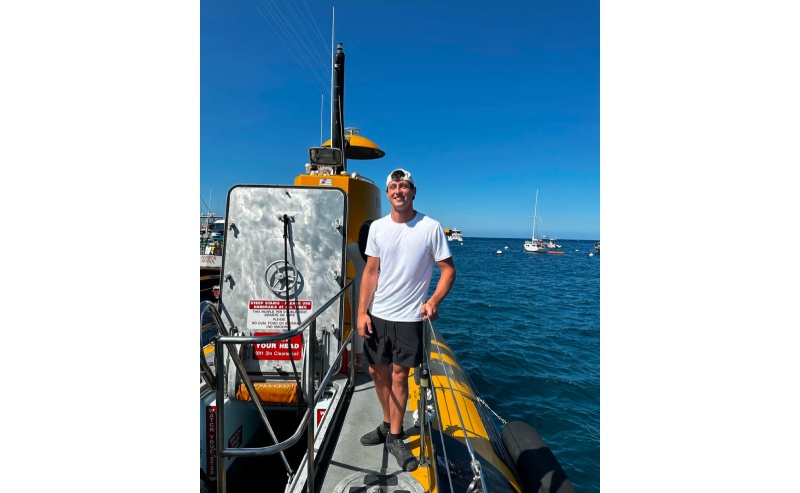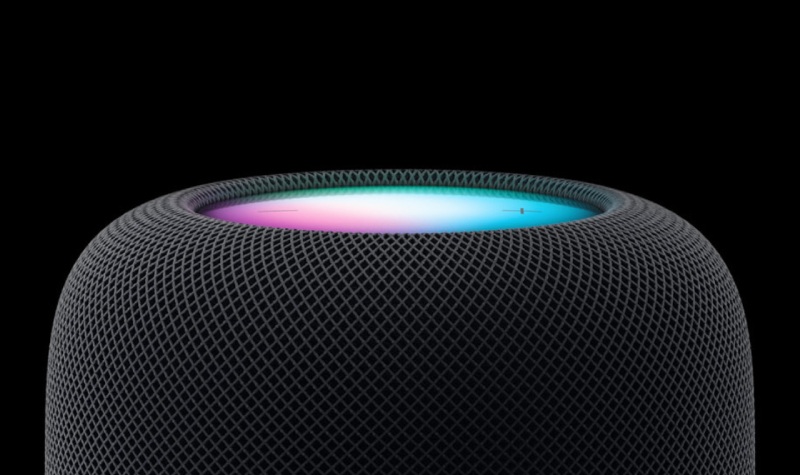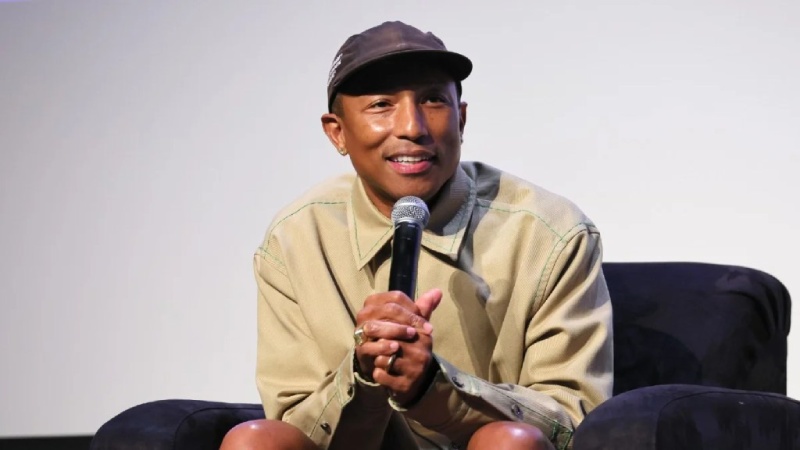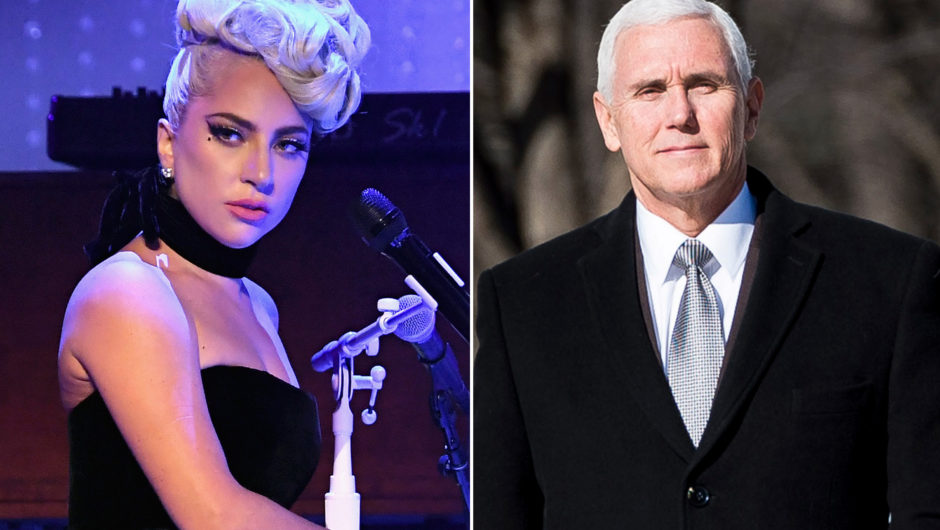After evaluating two options at Jerez, MotoGP will continue developing a radio communication system for race control to provide riders with information.
During the post-race Official Test at the Spanish Grand Prix venue, a number of riders tried out the one-way radio concept. With this system, race control can send pre-recorded safety messages to warn of track hazards and changes in the weather.
Two systems were utilized at Jerez, one that goes around a rider’s earplugs and the other that goes directly into the ear, following the initial trial at Misano in 2020.
Carlos Ezpeleta, CEO of Dorna Sports, provided the following explanation: “We work very closely with the riders and the teams, and communication with the riders from race control has been a priority over the last few years.”
“In 2020, the riders were complaining about the visibility of the flags, them knowing what’s happening on track and being warned about flags, rain or incidents, so we did a radio test at Misano in 2020.
“But, the riders weren’t very happy with the first system, they felt uncomfortable with it and the level of noise.
“So, we decided to go down the route of LED panels and imposing them as a must for all circuits from last year, which has been very successful.
“The riders are very happy and I think we’ve made strong progress and development in terms of yellow flags, and flags in general, and getting information to the riders during races and sessions.
“So, we’re very happy with the LED panels, which are now throughout the whole calendar.
“Still, it was important for us to continue helping and communicating with the riders when they’re on the bikes and the next phase for us was to re-engage with the project of the radio and audio communication.
“It’s a challenging one for us because as opposed to cars, the helmets for motorbikes are tight, especially in the face, and bikes are much noisier. There’s much more movement – riders need to be free to move on the bike, so it’s much more challenging.
“There also has to be communication with the rider themselves, not the bike, from race control. So there are things we have to work on but we’re very happy.”
Due to software development, Ezpeleta decided against implementing radio communications at Qatar’s Lusail in March of 2024.
The concept needs to be refined because it relies on GPS to send messages only to specific locations, such as the straight leading into the hazardous sector.
Notwithstanding, the use of GPS might have extra security benefits given it will empower better understanding of accidents, and Ezpeleta foreshadowed that the radio could develop to a two-way system one day.
“It’s a one-way system at the moment, and all the riders agree it’s positive in principle,” he added.
“At a later stage if the teams agree, and once they’re more comfortable with the system, in terms of two-way communication via radio from riders to race control or teams to riders as well, I think it’s something that will probably happen in the future.
“The riders already have a lot of work on the bikes with ride height devices and so on, so let’s see what happens with the technical regulations! But definitely, a lot of innovation is coming in the following seasons.
“It’s also very interesting for us to study crash dynamics and have GPS systems on the riders so we can see how they slide and where they end up to continue our safety work.”
The French Grand Prix will kick off the 2023 MotoGP season on May 12-14 at the Le Mans Bugatti Circuit.
Topics #Jerez #MotoGP #radio communication
